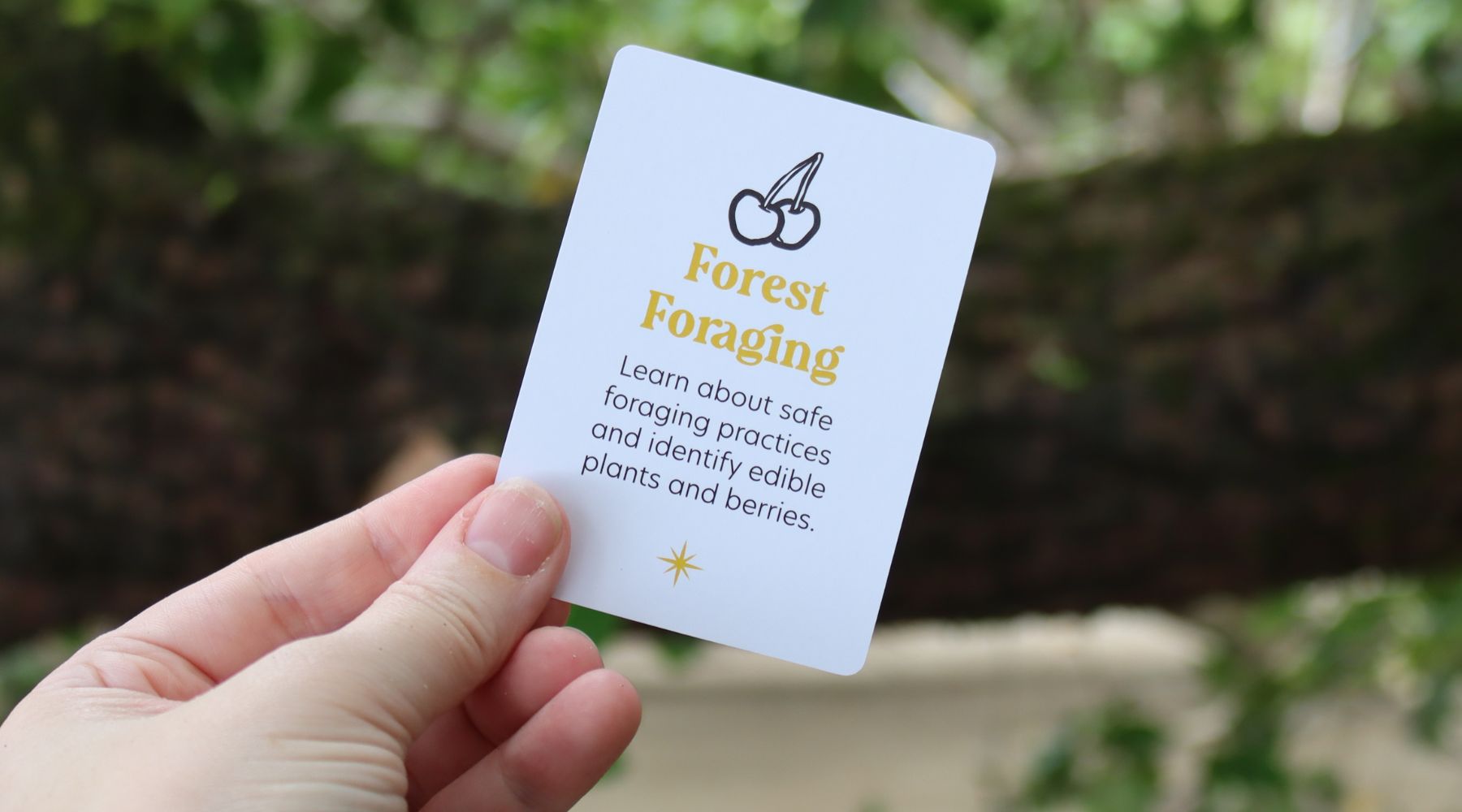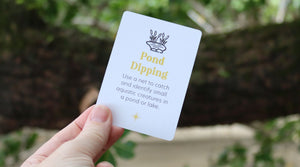Foraging in the forest is a fantastic way to connect with nature and discover the bounty of edible plants and berries around you. However, it’s essential to approach foraging with knowledge and caution. In this blog, we’ll discuss safe foraging practices and help you identify some common edible plants and berries.
Why Learn to Forage?
Foraging teaches valuable skills like observation, respect for nature, and knowledge about local ecosystems. It’s also a fun way to gather food while exploring the outdoors. However, safety is paramount, so understanding which plants are safe to eat is crucial.
Safe Foraging Practices
1. Know Your Plants
Before you start foraging, familiarize yourself with the plants in your area. Use a field guide or app to help identify plants accurately. Always confirm the identification of any plant before consuming it.
2. Avoid Look-Alikes
Many edible plants have toxic look-alikes. For example, some wild berries look similar to poisonous varieties. Always be certain of what you’re picking and err on the side of caution.
3. Start Small
When trying a new plant or berry for the first time, eat a small amount and wait 24 hours to see how your body reacts. This is especially important for children, as they may have different sensitivities.
4. Harvest Responsibly
Only take what you need, and leave plenty for wildlife and future foragers. Harvest sustainably by taking small amounts from multiple plants instead of stripping one plant bare.
5. Stay Away from Treated Areas
Avoid foraging in areas that may have been treated with pesticides, herbicides, or other chemicals, such as roadsides, parks, or gardens. Stick to natural areas where you can be sure of the environment.
6. Know Local Regulations
Some areas have regulations on foraging, especially in national parks and protected lands. Always check local guidelines before you start.
Common Edible Plants and Berries
1. Dandelion (Taraxacum officinale)
- Identifying Features: Bright yellow flowers and jagged leaves that grow close to the ground.
- Edible Parts: Leaves, flowers, and roots. Young leaves can be used in salads, while flowers can be made into dandelion wine.
2. Wild Garlic (Allium vineale)
- Identifying Features: Long, thin green leaves that smell strongly of garlic.
- Edible Parts: Leaves and bulbs. Wild garlic can be used like regular garlic in cooking.
3. Blackberries (Rubus fruticosus)
- Identifying Features: Thorny canes with green leaves and clusters of small white flowers, turning into black berries in late summer.
- Edible Parts: Ripe blackberries are sweet and delicious, perfect for snacks or desserts.
4. Clover (Trifolium)
- Identifying Features: Three-leaf clusters, often with white or pink flowers.
- Edible Parts: Young leaves and flowers can be eaten raw or cooked. Clover tea is also popular.
5. Stinging Nettle (Urtica dioica)
- Identifying Features: Tall plants with jagged leaves that feel prickly when touched.
- Edible Parts: Young leaves can be cooked to remove the sting and are nutritious in soups or teas.
6. Chickweed (Stellaria media)
- Identifying Features: Small, star-like white flowers and smooth, green leaves that grow close to the ground.
- Edible Parts: Leaves and flowers can be eaten raw in salads or cooked like spinach.
Cautionary Notes
- Always confirm identifications: If you’re uncertain about a plant, do not eat it. Consult an expert or use reliable field guides.
- Cooking can help: Some plants are safe to eat when cooked but can be toxic raw. Always research the proper preparation methods.
Wrapping Up Your Foraging Adventure
Foraging is a wonderful way to explore nature while learning about edible plants and sustainable practices. By following safe foraging practices and being mindful of your environment, you can enjoy the thrill of discovering new foods in the wild.



